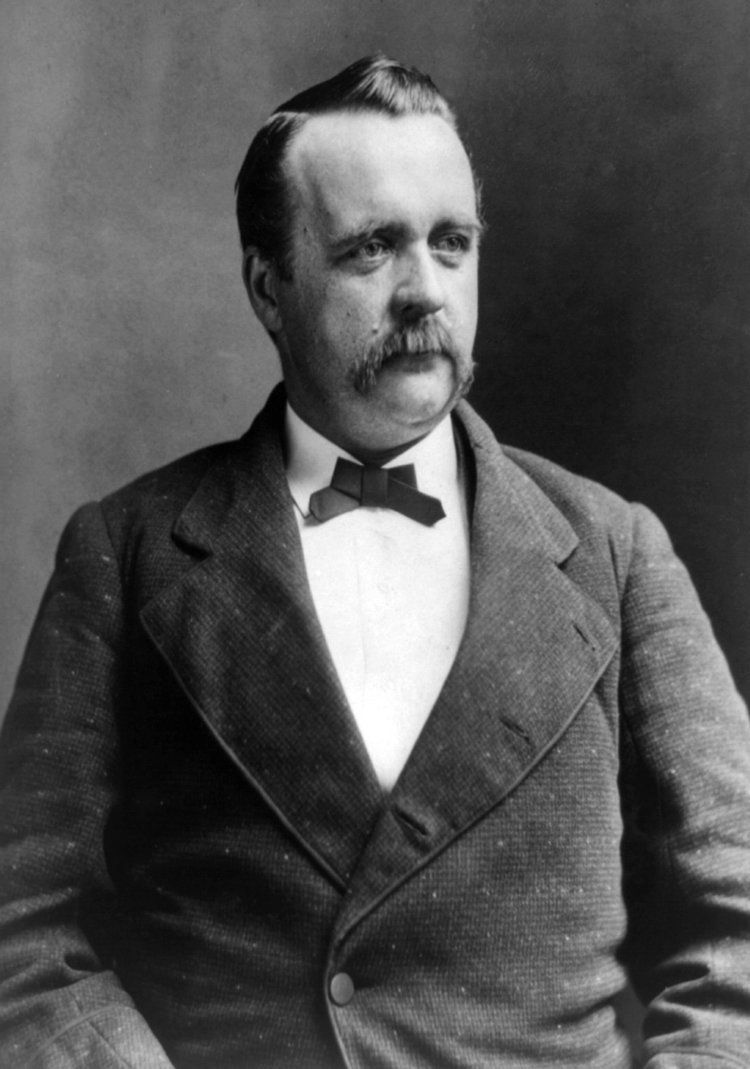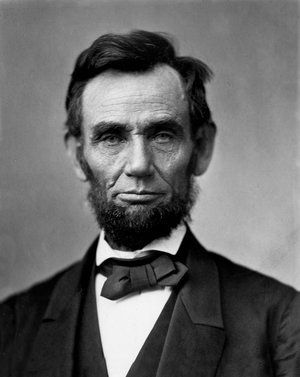Knights of Pythias Lodge 22
Proximity to D. C. made VA an obvious area of expansion.. In 1865 Dr. John D King Jr. started Alexandria Lodge #1. This lodge lasted only five months since most of its officers moved (They had been stationed aboard a ship. ) It was not until 1868 when six new lodges were started that the Order gained a foothold in the “Old Dominion”. The number of lodges continued to increase until it reached 81 in 1903. It remained at about this number until 1924 At that date a gradual decrease in the number of lodges began, dropping off gradually until today only 10 lodges remain.
1918
A membership drive in 1918 brought in 227 new members. The drive cost $1405.
1919
In 1919 a total of 1165 men were initiated in Virginia.
1923-4
In 1923-4 Roanoke #133 gained 259 new members bring its total membership to 1000. Osceola #124 brought in 126 men making its total membership 1094. The
1927
In 1927 Roanoke #133 Had 1667 members
1936
In 1936 Fredericksburg Lodge # 22 gained 134 members. An even 100 of these were signed up by H. T. Ballard.
1943
In 1943 the largest lodges were Charity #10 with 1633 and Roanoke #133 with 1133.
1945
In 1945, twelve percent of Virginia’s knights were serving in the military (840 men)
1986
In 1986 the Grand Domain had an increase in membership
1992
In 1992, Beach Lodge #169 was instituted by Grand Chancellor Dave Mead.
2006
Sir David Mead became the 3rd Virginia Pythian to be elected Supreme Chancellor..
2008
In 2008, an outstanding Supreme Lodge Convention was put on in Norfolk Virginia. DaveMead concluded his term as Supreme Chancellor.



